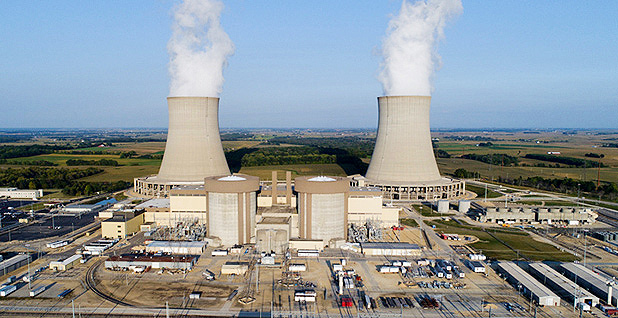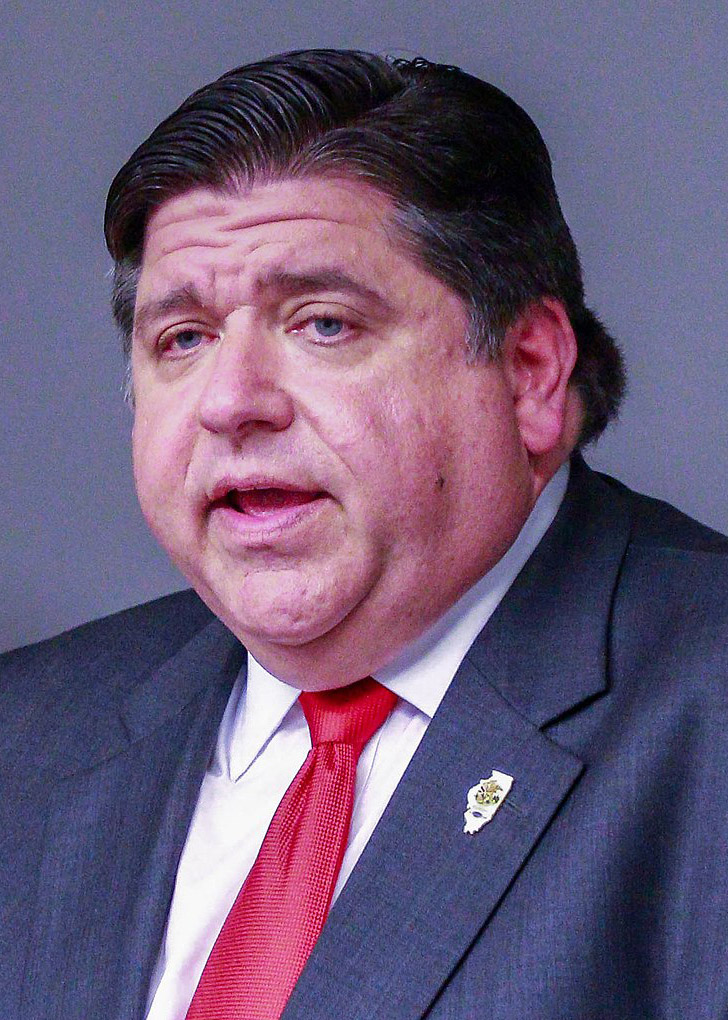The Dresden nuclear power plant
With essentially no time to spare, the Illinois Senate early this morning passed a clean energy omnibus package that includes $694 million in assistance to three of the state’s financially troubled nuclear plants: Braidwood, Byron, and Dresden. The vote was 39–16. (Both the Senate and House had returned to the capital on Tuesday for a one-day special session to consider legislative redistricting.)
A screenshot of Illinois legislators before session from an August 17 video of the Chicago Tonight television program. (Source: YouTube)
Yesterday, a television news program, Chicago Tonight, shined the spotlight on the financial troubles and potential shutdown of two of Illinois’s six nuclear power plants. The host of the show introduced the issue by stating, “Illinois lawmakers may be back in Springfield [the state’s capital] soon for a second extra session [to] strike a deal on a massive energy package.” Readers of Nuclear News might be thinking, “It’s about time!”
Kinzinger (left) and Doyle (right).
Last week, Reps. Adam Kinzinger (R., Ill.) and Mike Doyle (D., Pa.) introduced legislation that would establish a financial credit program for economically challenged nuclear power plants and would authorize funding for “nuclear closure communities.”
The Preserving Existing Nuclear Energy Generation Act (H.R. 4960) is the House companion to certain provisions in a Senate proposal that was reported favorably by the Senate Energy and Natural Resources Committee on July 14 and was subsequently included in the Infrastructure Investment and Jobs Act, the $1.2 trillion bipartisan package that the Senate passed earlier this week via a 69–30 vote.
The Byron and Dresden nuclear power plants.
In what could be viewed as a rather pointed message to Illinois lawmakers that time is running out to pass legislation providing a lifeline to the state’s Byron and Dresden nuclear plants, Exelon Generation this morning announced that it would file post-shutdown decommissioning activities reports (PSDARs) today with the Nuclear Regulatory Commission. The PSDARs detail long-term site restoration plans for the facilities, both of which are scheduled to shut down for good this fall—first Byron, in September, then Dresden, in November.
June 18, 2021, 12:06PMUpdated June 18, 2021, 4:50PMNuclear News The Byron nuclear power plant.
Exelon on June 16 filed with grid operator PJM Interconnection to deactivate the two Byron reactors in Illinois. The move came one day after the Illinois Senate adjourned without reaching an agreement on a comprehensive energy package that would have provided nearly $700 million to keep Byron’s reactors, as well as Exelon’s Dresden and Braidwood nuclear power plants, in operation. (In August of 2020, Exelon announced that it would close the economically challenged Byron and Dresden facilities in the fall of 2021 without some form of state aid to provide compensation for their clean power.) The state’s House of Representatives also adjourned earlier this week without taking up the bill.
Byron nuclear power plant
Three Illinois nuclear power plants—Byron, Dresden, and Quad Cities—did not clear in last week’s long-delayed PJM Interconnection capacity auction, Exelon Generation reported in a filing with the Securities and Exchange Commission.
The news is likely to further pressure the Illinois General Assembly to pass a comprehensive energy package—one with subsidies for the state’s financially ailing nuclear plants—before Exelon moves forward with its plan, announced last August, to prematurely retire Byron and Dresden.
The Byron nuclear power plant
Illinois governor J. B. Pritzker’s proposal to subsidize the state’s Byron and Dresden nuclear plants, introduced in legislative form last week, falls short, Exelon Corporation President and Chief Executive Officer Chris Crane said on May 5 during the company’s first-quarter earnings call.
“From what we’ve heard, it’s open to negotiation, but just going from the street analyst opinion and what we’ve seen, its starting point is not adequate to keep the plants’ continued operations going,” Crane stated.
Two of the state’s six nuclear plants nearly closed in 2016, but legislative action saved them. Now two more are at risk.
If there is one U.S. state you might think would be on top of the nuclear-plant-retirement problem, it’s Illinois: With 11 power reactors, more than any other state, it is number one in nuclear generating capacity. In 2019, 54 percent of its in-state generation came from nuclear power. So why, at this writing in mid-April, does Illinois still face the possibility of losing two of its nuclear plants later this year?
April 16, 2021, 2:59PMUpdated April 19, 2021, 10:56AMNuclear News The Byron nuclear plant is currently slated for permanent closure in September. Photo: Exelon
A research and consulting firm hired by Illinois governor J. B. Pritzker’s administration to scrutinize the financial fitness of Exelon’s Byron and Dresden nuclear plants approves of limited state subsidies for the facilities, according to a redacted version of the firm’s report made available yesterday.
Byron Generating Station. Photo: Exelon
The University of Illinois Student Section and Chicago Local Section of the American Nuclear Society hosted a webinar, The Role of Nuclear Power in Illinois, on Wednesday, March 31. The webinar provided information for state lawmakers and the general public about the potential consequences of closing the Byron and Dresden Generating Stations, two of the nuclear power plants in the state of Illinois.
The webinar recording has been archived and is available for viewing for free at the above link.
Exelon's Byron Nuclear Generating Station.
A group of Illinois lawmakers joined Joe Duffy, executive director of the labor coalition Climate Jobs Illinois (CJI), at a virtual news conference on March 29 to unveil a union-focused, clean energy legislative proposal that includes help for the state’s struggling nuclear power plants.
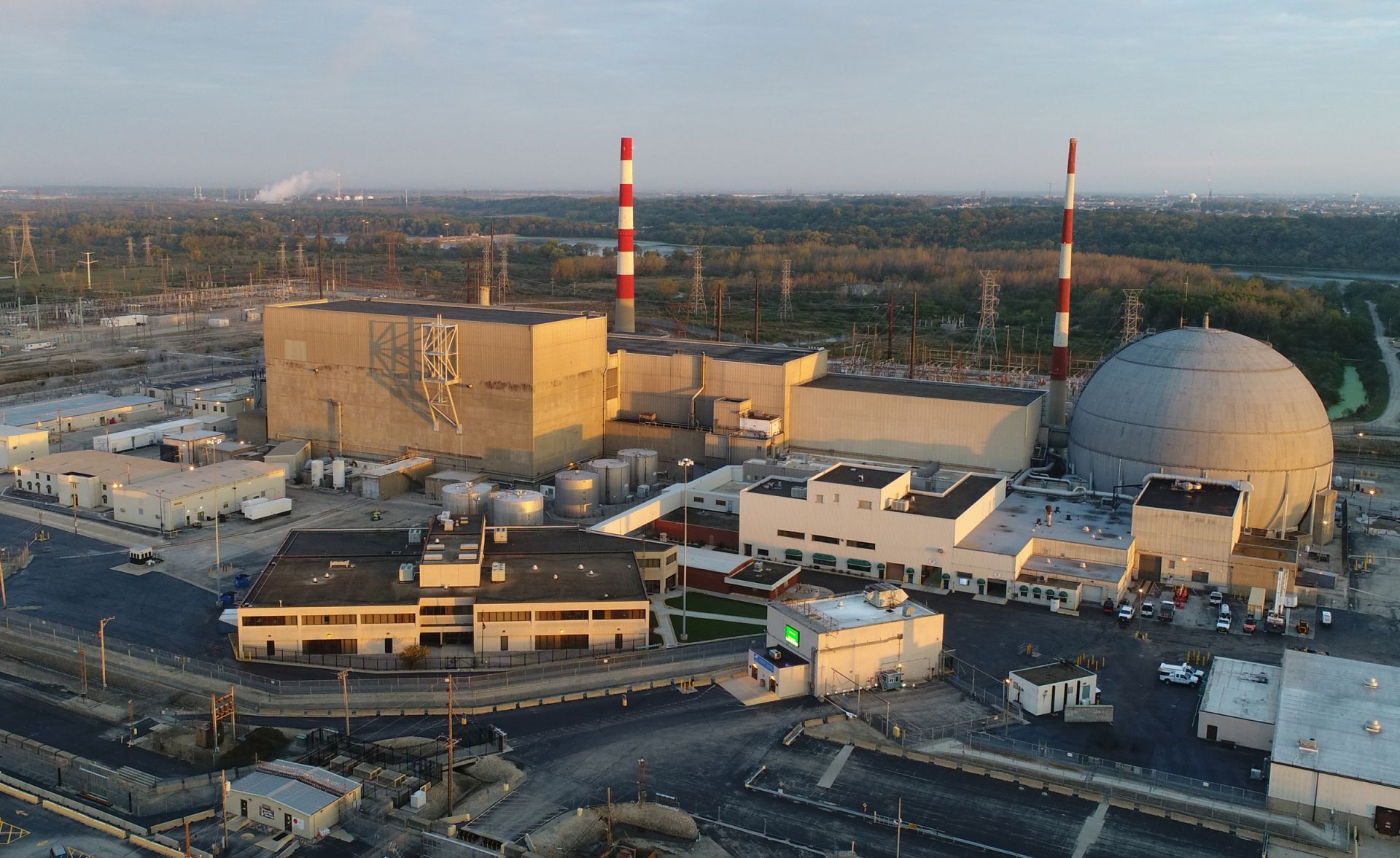


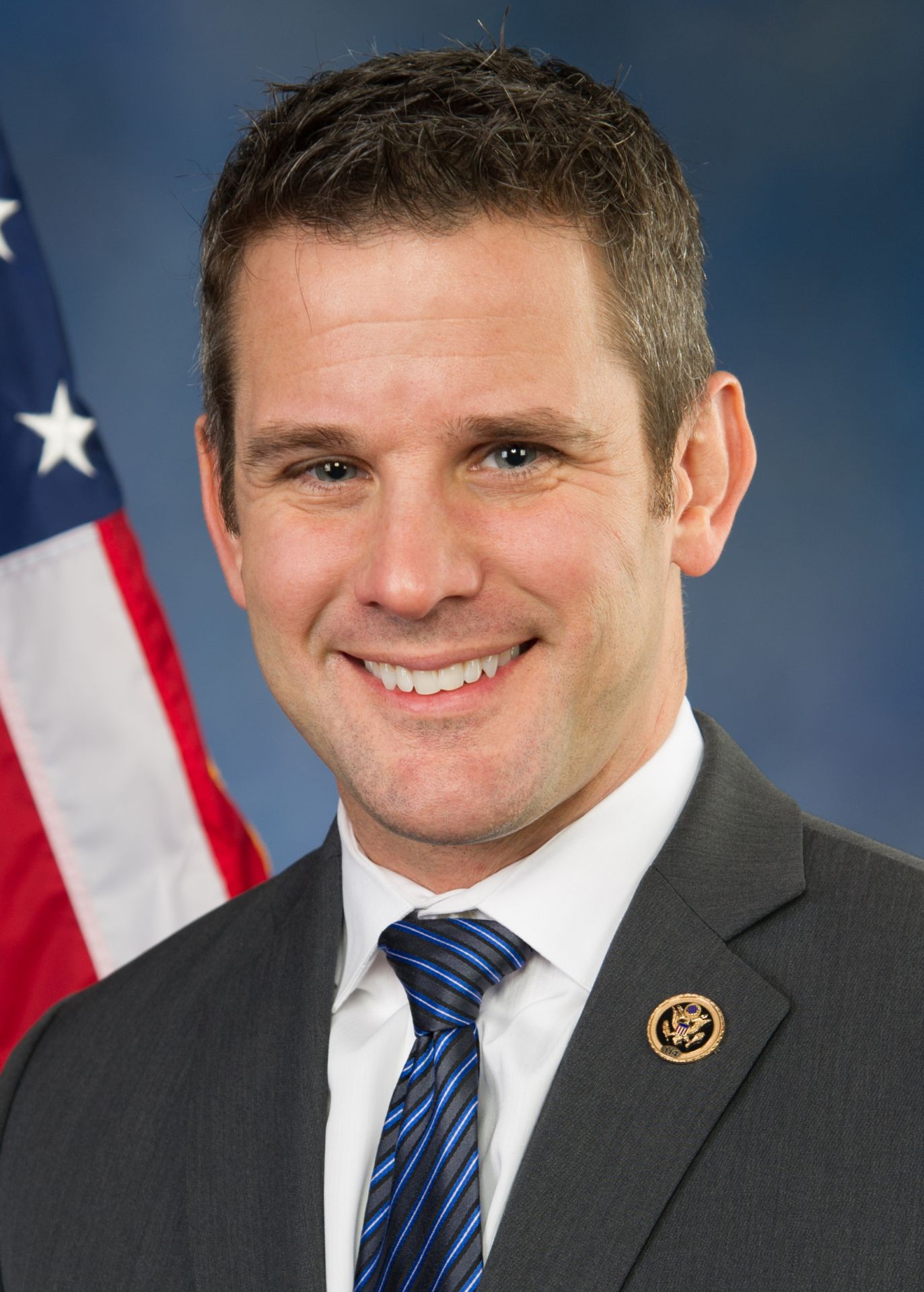
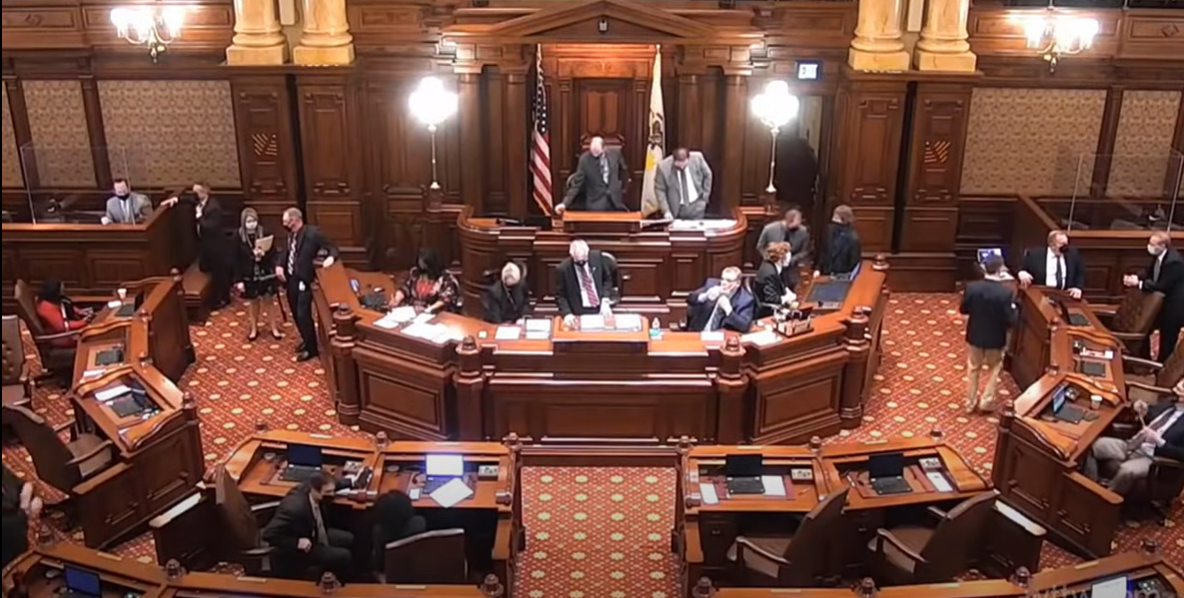
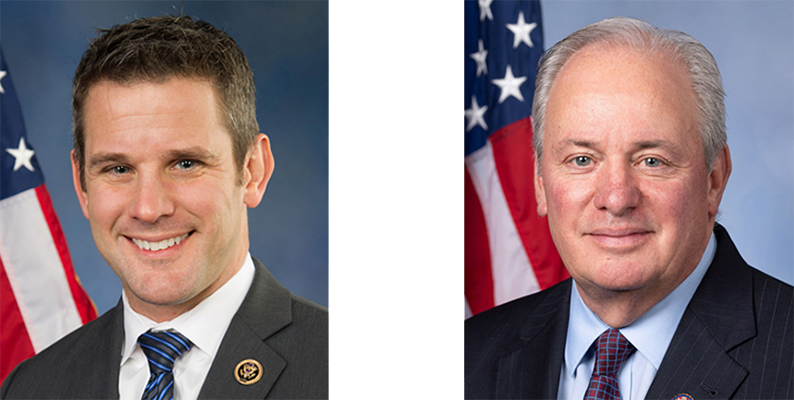

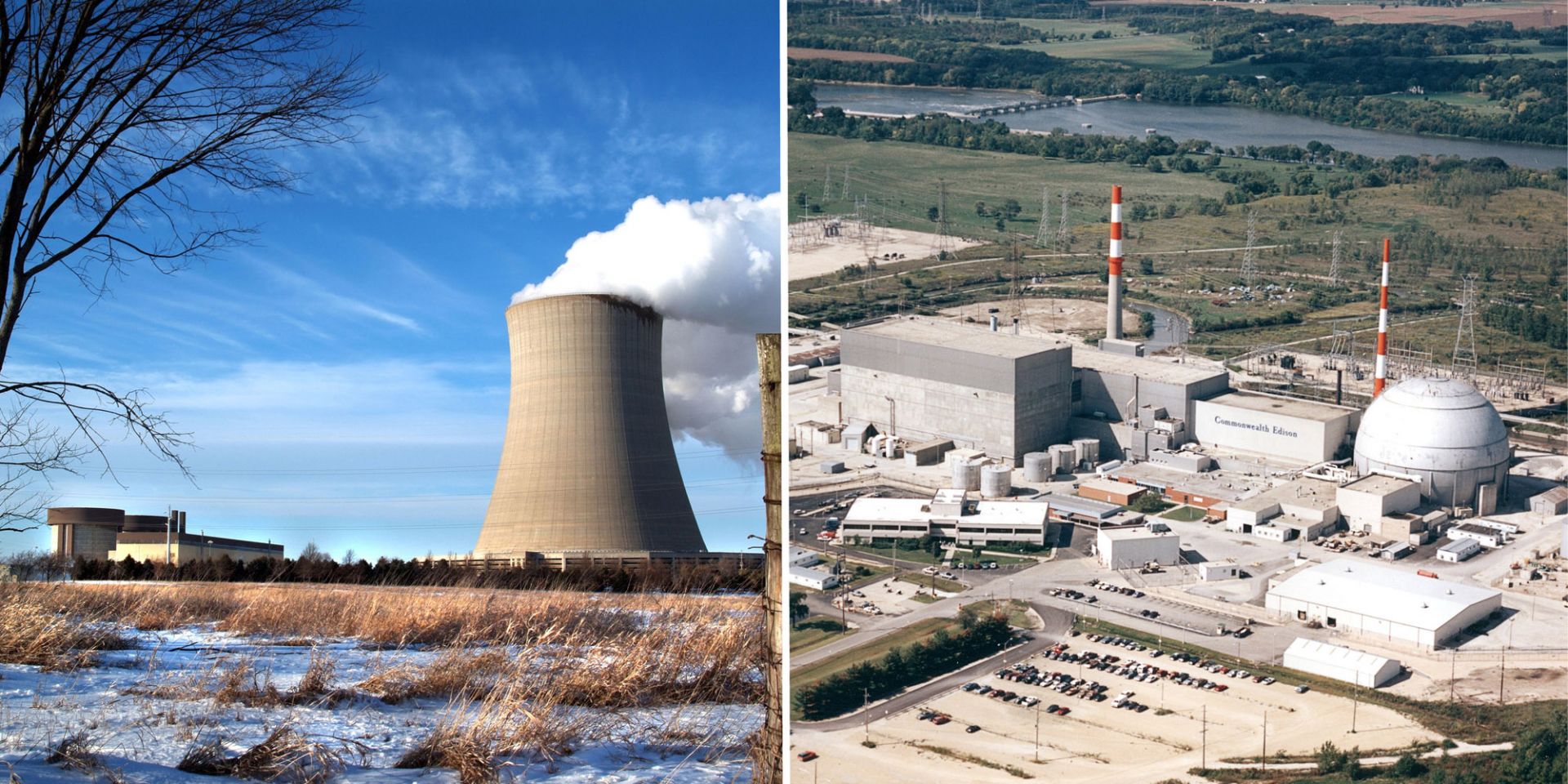

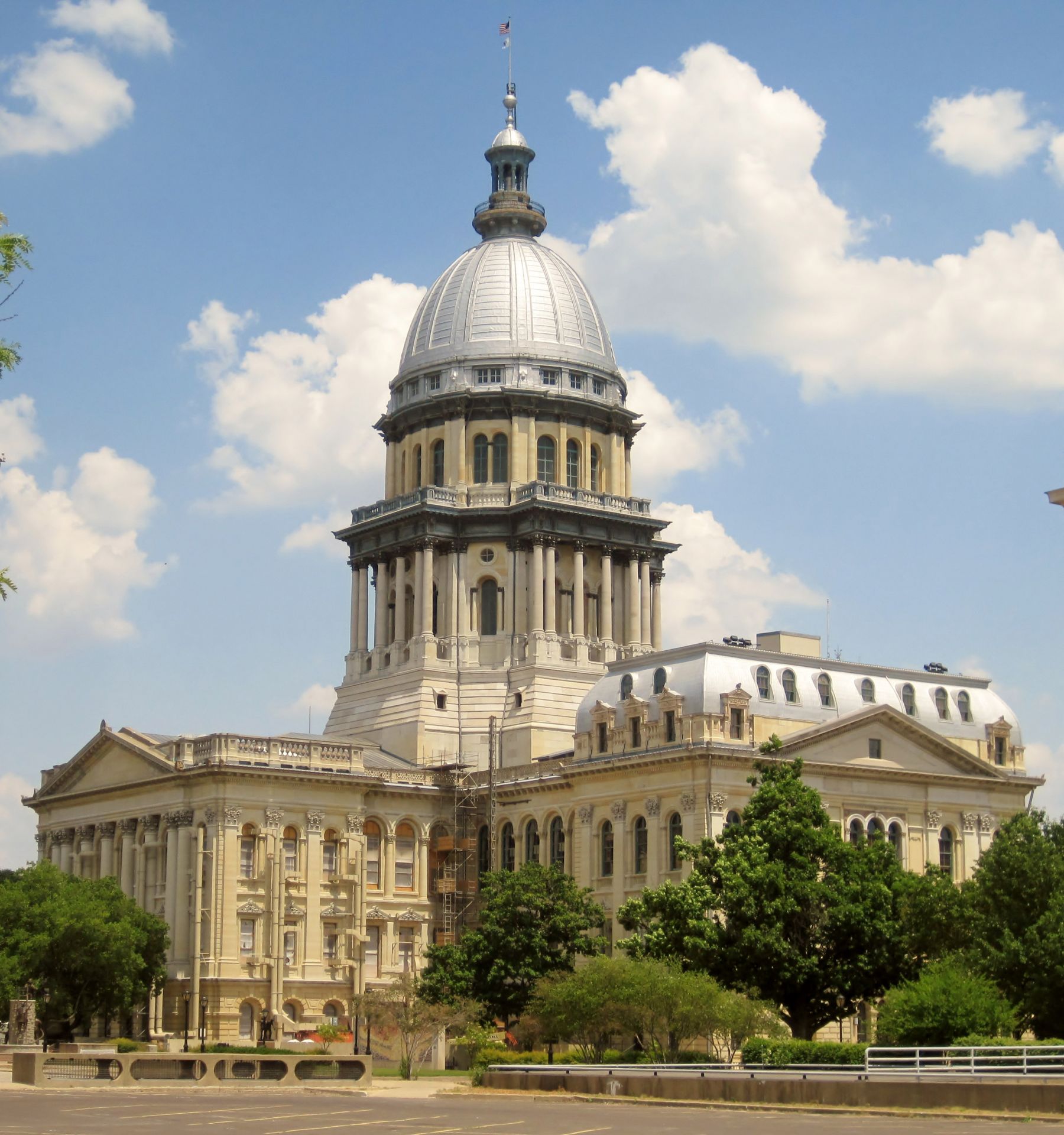
 Among the 12 energy-mix scenarios analyzed in
Among the 12 energy-mix scenarios analyzed in 